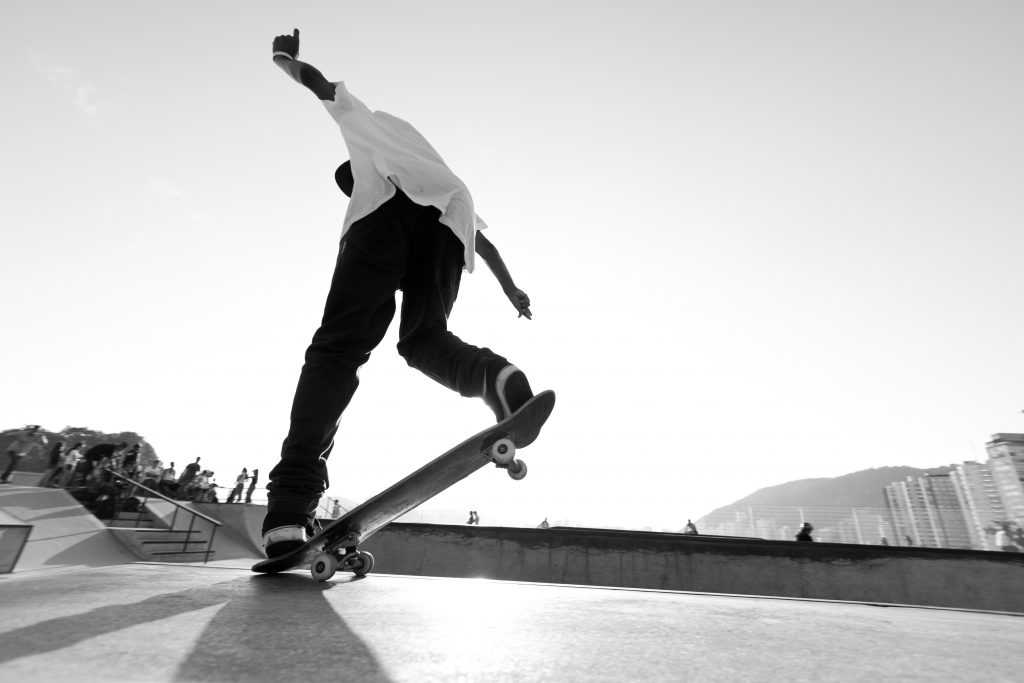 Skateboarding is fun, but like any other strenuous and high-flying activity, it’s not without risks. As you buy a skateboard, think of the chances of twisted ankles, sore backs and backsides, and bruises. The same thing goes if you decide to buy a ramp from a local skatepark builder. No one is exempt from falls in such a sport, especially beginners.
Skateboarding is fun, but like any other strenuous and high-flying activity, it’s not without risks. As you buy a skateboard, think of the chances of twisted ankles, sore backs and backsides, and bruises. The same thing goes if you decide to buy a ramp from a local skatepark builder. No one is exempt from falls in such a sport, especially beginners.
When that happens, it pays to be prepared. Landing safely can be achieved by understanding a few basic scientific principles, specifically in how gravity works on falling bodies. Master these concepts and breaking falls should be second-nature.
Rolling to Break a Fall
Ever seen parkour/freerunning athletes roll on the ground after landing from a high jump? That technique alludes to the physics of force distribution. After jumping from a relatively high place, an athlete can’t use his legs alone to absorb the impact. This is because gravity pulls any object back to Earth at an acceleration of 9.8 meters per second. It doesn’t matter how high the place an object falls from, or how heavy/how much mass an object has.
That great of a force can put an extreme amount on stress on the legs, leading to a great risk of injury. Rolling upon impact, however, helps minimize the force on the legs by spreading it out over a larger surface area. There’s still a good amount of stress placed on the body, but not enough to cause serious injury. When properly executed, a roll is painless even at high speeds.
Landing on Anything Else Safely
You’re not likely to fall on your feet always — you’re not a cat. When that time comes, you have to be ready. For instance, there’s a way of falling on your backside safely. This is the best technique to execute instead of trying to use any of your arms as leverage, as the force may be enough to break a bone.
Upon landing on your rear, roll onto your hip in a single, smooth motion. Again, this alludes to force distribution. The backside has a lot of fat that can act as a shock absorber, but it wouldn’t be enough. Redistributing the force from the fall can make it easier on the body. Just keep force distribution in mind, and your skateboarding days will be injury-free.

